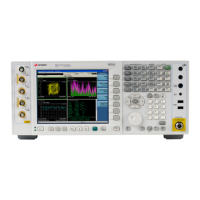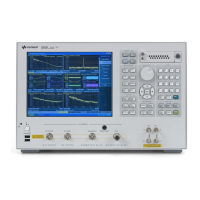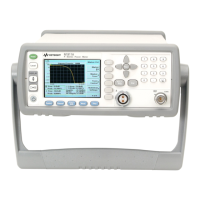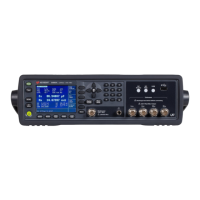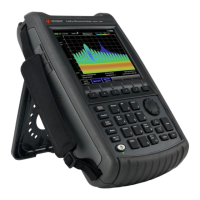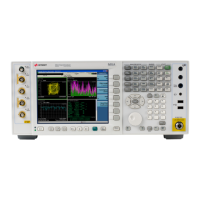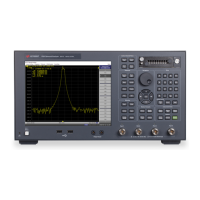55
Line Impedance Stabilization Networks (LISN)
Types of LISNs
Types of LISNs
The most common type of LISN is the V-LISN. It measures the unsymmetric voltage
between line and ground. This is done for both the hot and the neutral lines or for a
three phase circuit in a “Y” configuration, between each line and ground. There are
other specialized types of LISNs. A delta LISN measures the line-to-line or
symmetric emissions voltage. The T-LISN, sometimes used for telecommunications
equipment, measures the asymmetric voltage, which is the potential difference
between the midpoint potential between two lines and ground.
Transient Limiter Operation
The purpose of the limiter is to protect the input of the EMI Receiver from large
transients when connected to a LISN. Switching DUT power on or off can cause
large spikes generated in the LISN.
The Keysight 11947A transient limiter incorporates a limiter, high-pass filter, and an
attenuator. It can withstand 10 kW for 10 μsec and has a frequency range of 9 kHz to
200 MHz. The high-pass filter reduces the line frequencies coupled to the EMI
Receiver.

